Phnom Penh, Cambodia
Phnom Penh is the capital of Cambodia.
Our journey from Saigon took around 8 hours by bus.

The company we went with sorted out our visas for entry into Cambodia when we arrived at the border (for $5).
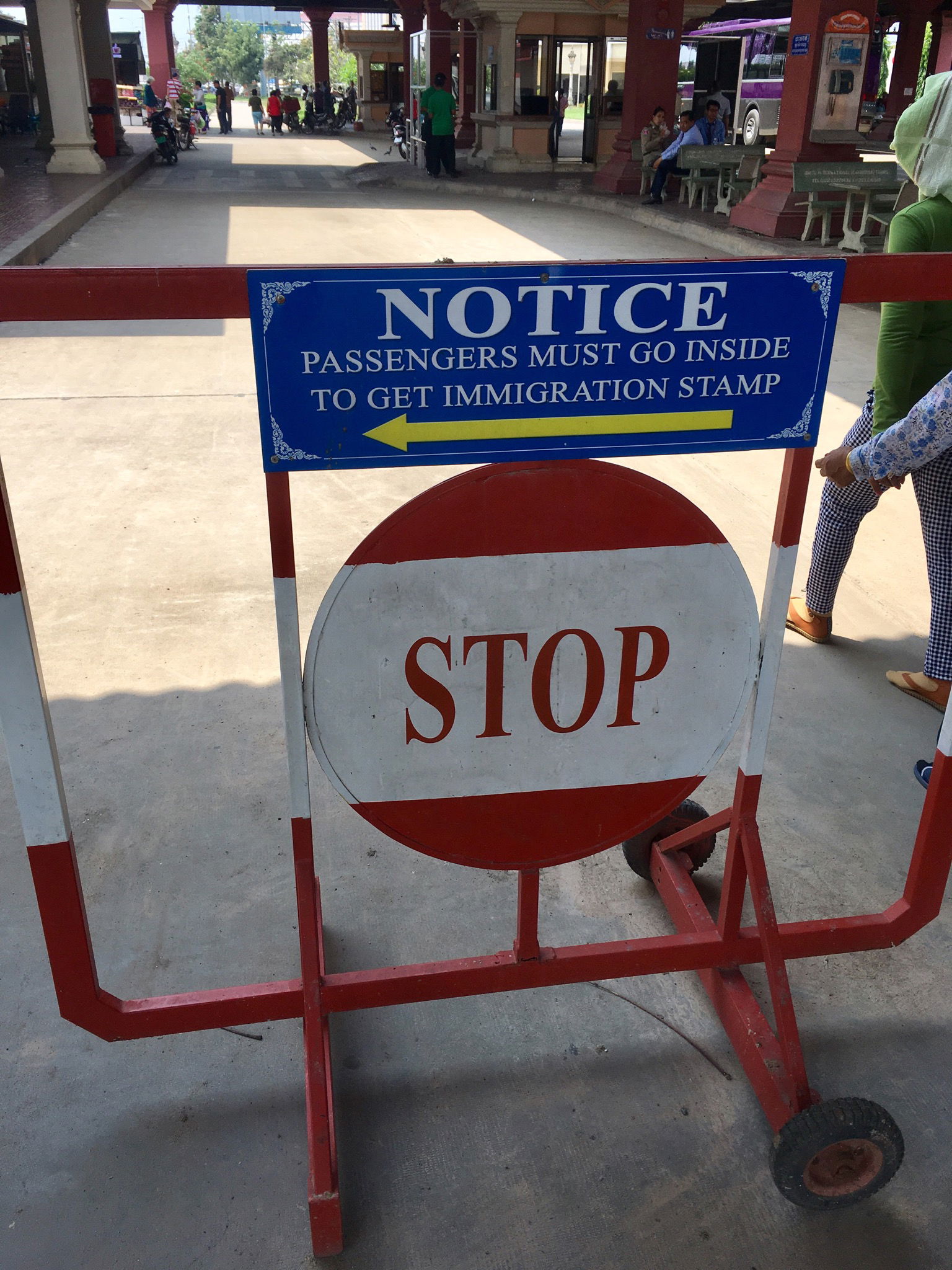
When we eventually arrived in the city, we hopped off the bus and walked a short distance to our hotel. We checked-in and immediately got to looking up tours.
Having spoken to lots of people prior to coming, we already knew of the things we wanted to see and the places we wanted to visit. Two of these being the infamous S21 prison and the Killing Fields.
Side note: If you don’t know about or haven’t heard of the Cambodian genocide, I urge you to read into it. Although horrific, I feel it’s important that the world knows about the atrocities that took place in this country. The fact that it happened only 40 years ago blows my mind. Anyway, go look it up.
The Killing Fields
Choeung Ek (commonly referred to as the Killing Fields) is one of many former mass graves where the Khmer Rouge brutally murdered over a million Cambodian people between 1975 - 1979. Located about 17km south of the city, it was the first stop on our tour.

We arrived at the gates and went to buy our entry tickets. The reviews we had read strongly suggested buying the accompanying audio guides so we grabbed a couple of these as well (and we were glad we did!) The audio guides added so much to the experience and we learned a lot from them, much more than we would have without them.

Walking through the grounds, I was surprised by the beauty of this place; I found it hard to believe that such terrible things had happened here.

It was not easy listening to the audio guide as we went from station to station. At times, I actually couldn’t believe what I was hearing. For example, the Khmer Rouge sought to destroy (or smash as they put it) anyone who they believed could pose a threat to their regime. This included anyone they deemed to be an intellectual/professional: teachers, lawyers, doctors, etc. Some people were even murdered simply because they wore glasses...
In the centre of the grounds, a stupa has been erected to pay tribute to those who had died at the hands of the Khmer Rouge.

Inside, encased within tall glass cases, were the skulls of those who had been executed at the Killing Fields.

S21 Prison
The Tuol Sleng Genocide Museum was our next stop. The museum is at the former site of Security Prison S21 which was used by the Khmer Rouge as centre for interrogation. People would be sent here and tortured into giving false confessions before being sent to the Killing Fields to be executed.

Before the Khmer Rouge converted it into Security Prison S21 , it was an ordinary high school. This fact just added to the unsettling atmosphere of the place. In some rooms, old blackboards were still attached to the walls.
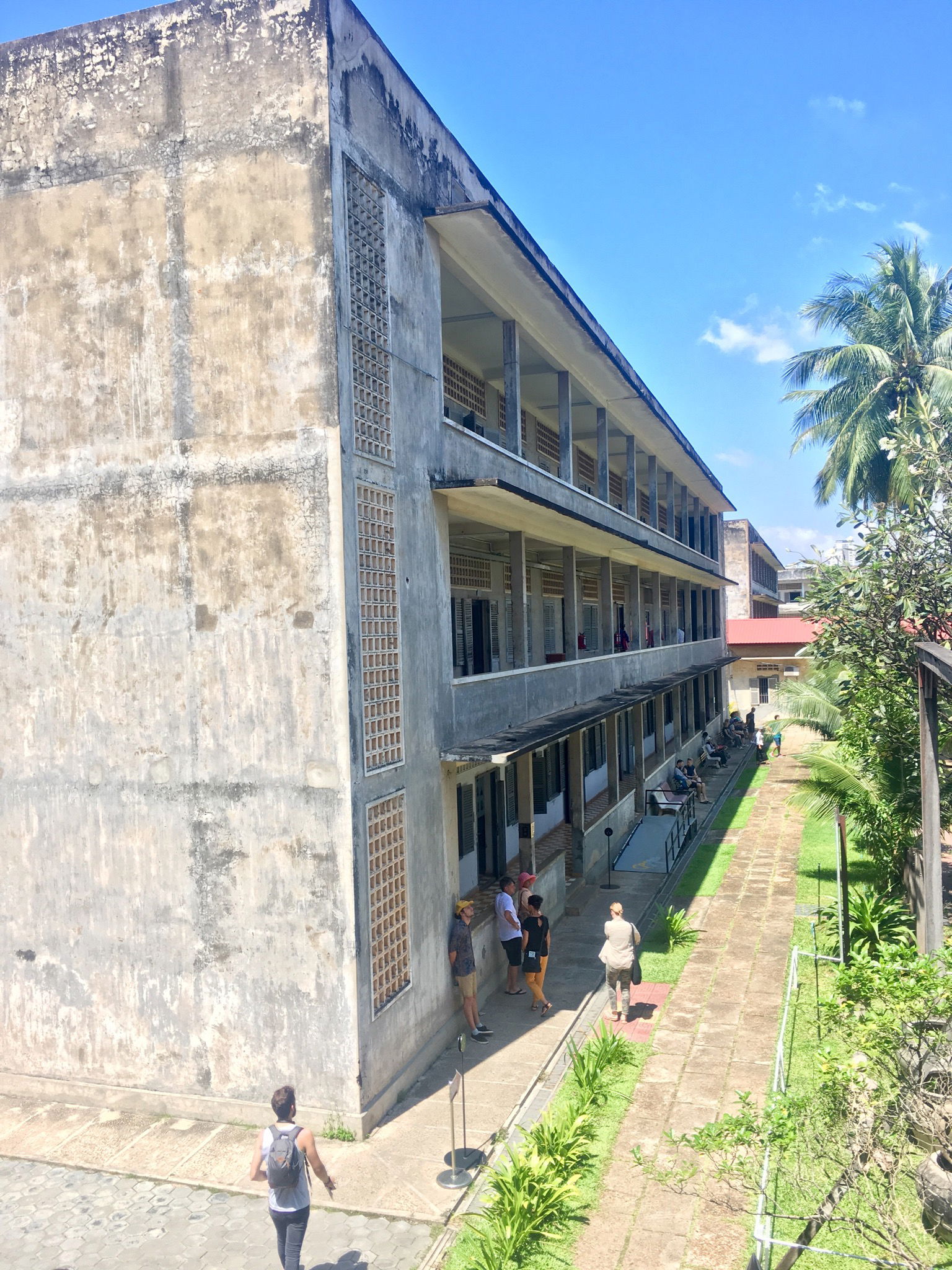
The site consists of five buildings surrounding a courtyard of green.

Near the centre of the courtyard is a memorial to those who had been imprisoned at S21. Of the thousands and thousands of people, only seven are known to have survived. Two of those seven were there the day we visited.

Again, we picked up a couple of audio guides to accompany our walk around the site. It was an eerie, sobering experience standing in those buildings while a voice in my ear told me about the savage cruelty that took place there.

Needless to say, I learned a lot that morning.
Russian market and Central market
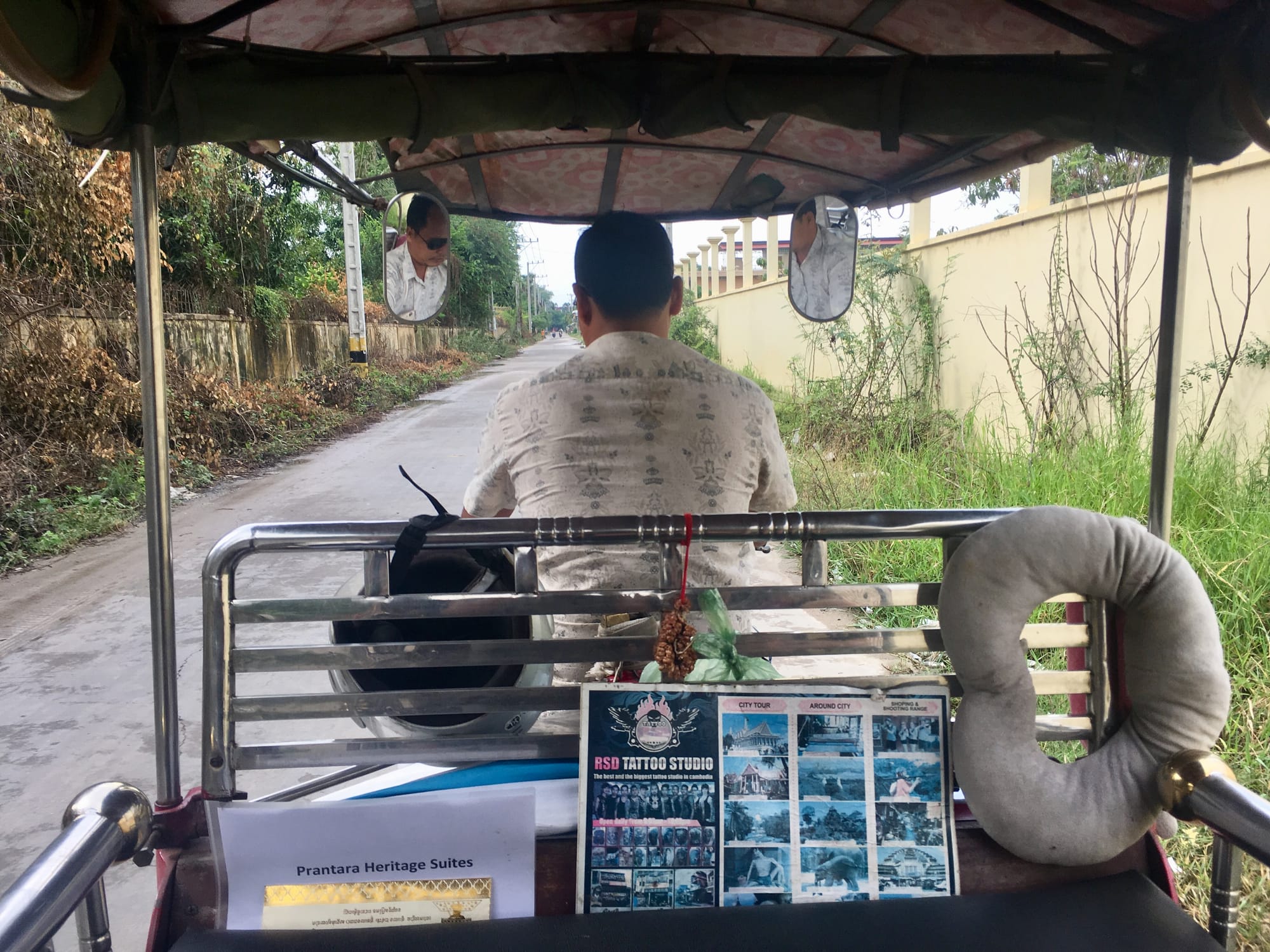
After leaving Tuol Sleng, our tuk tuk driver took us to see the Russian market and then the Central market. Meh. Pretty standard, nothing special.

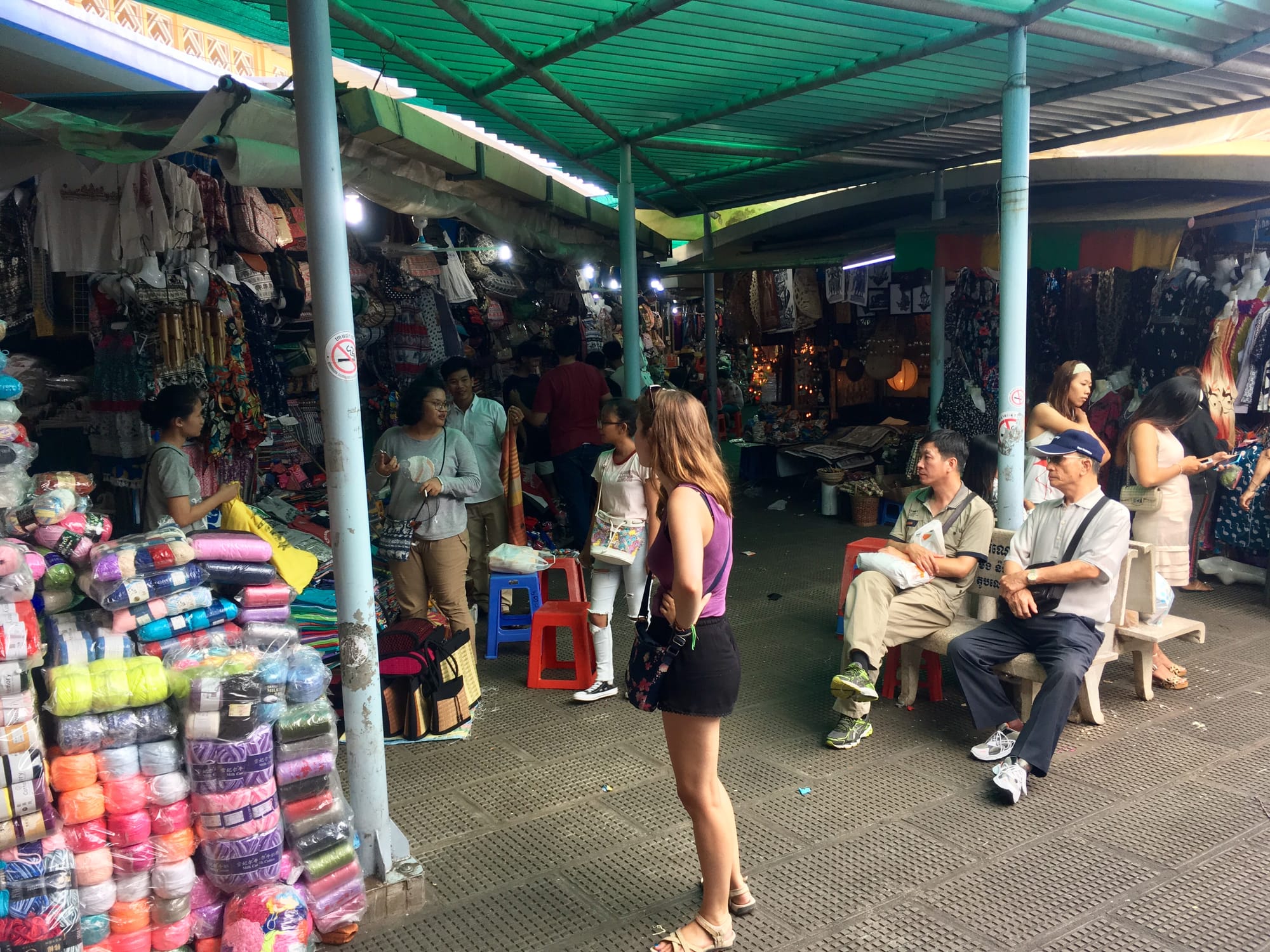
To finish of the tour, we visited a Buddhist temple called Wat Phnom.

The next day, we spent the morning exploring some of the other temples and monuments around the city.
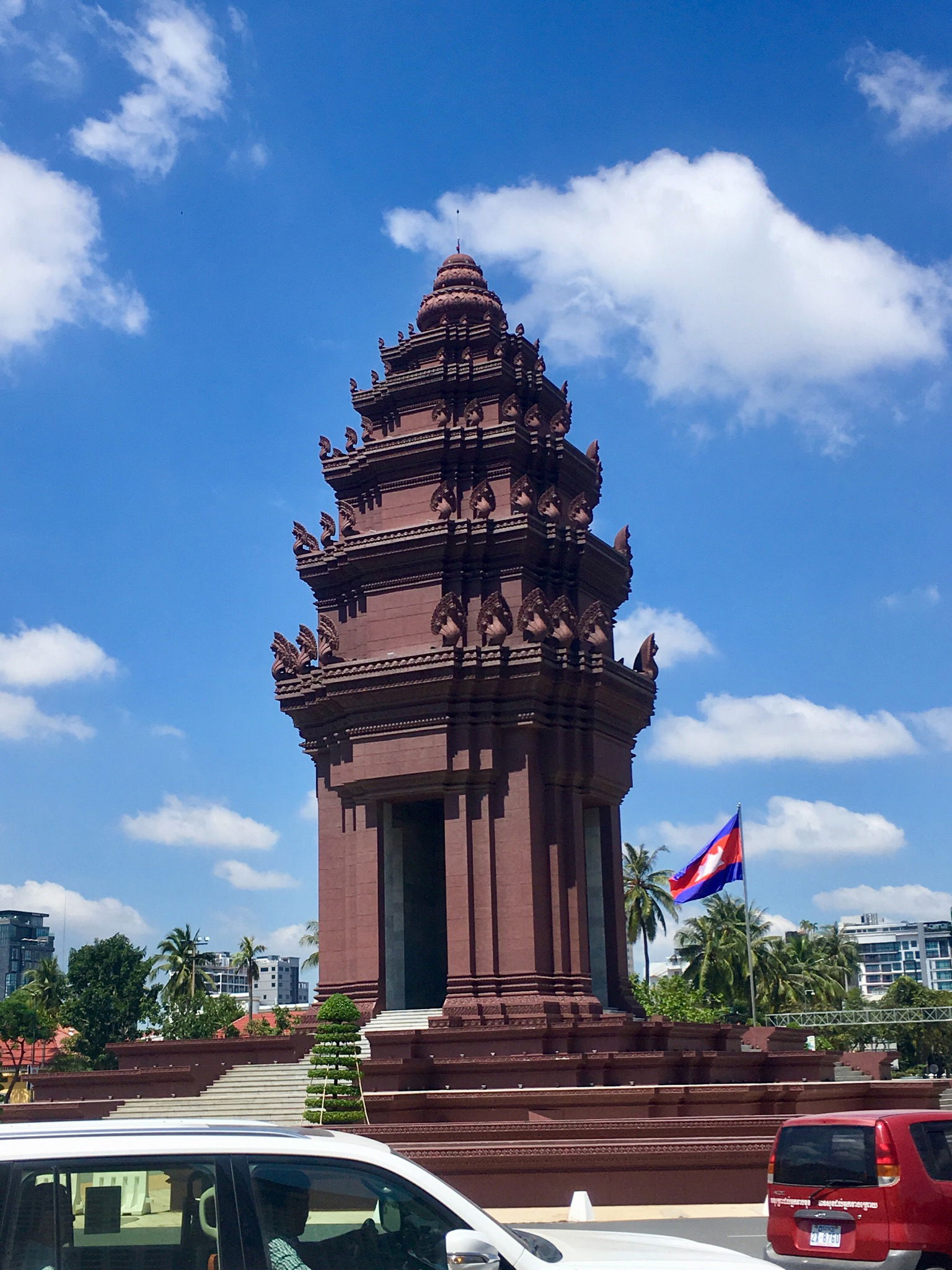
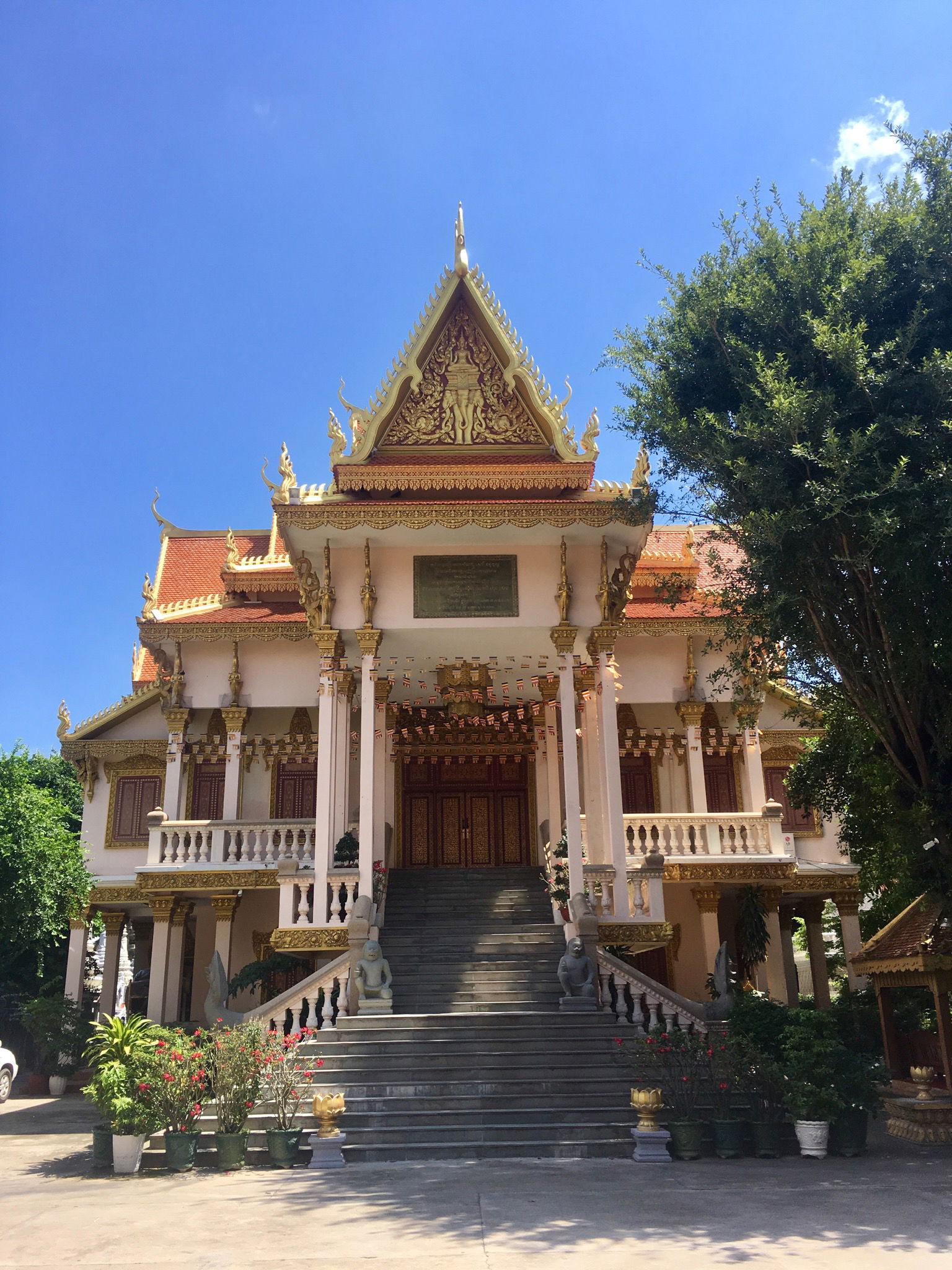

Then, it was time to grab a bus to our next destination: Kampot.
